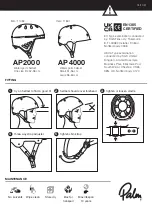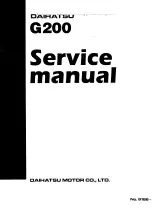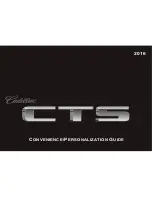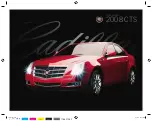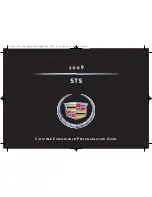
26
warranty.
Wheel alignments may be needed periodically due to road hazards, such
as pot holes, etc. This also is not covered under warranty, due to being
an uncontrollable element. Wheel alignments will assist with getting the
maximum life from your tires. Alignments require special equipment and
should be performed by a trained technician.
Tire Repair
Most tires can be repaired from punctures, depending on size and
location. More information on repairing tires may be found in
maintenance manual.
Tire Fundamentals
Federal law requires tire manufacturers to place standardized information
on the sidewall of all tires. This information identifies and describes the
fundamental characteristics of the tire and also provides a tire
identification number for safety standard certification and in case of a
recall.
A considerable quantity of information is built into the sidewall of a tire,
such as date of manufacture, size, weight limit tire can carry, air pressure,
serial number, and which production plant tire was built in. The letters
“ST” refer to “service tires” which are used on most Recreational Vehicles.
Tire Speed Rating
Each original tire installed on KZRV recreational vehicles has a speed
rating of 75 MPH or greater. Please note maximum load rating, tire
pressure and speed rating as printed on the sidewall of tire.
Beginning in 2017 model year, tires will have NITROGEN in them instead
of air. The green caps on tire stems indicate contents are nitrogen. Air
may be used if nitrogen is not available.
Cargo Capacities
Cargo can be added to the vehicle, up to the maximum weight specified
on the placard. The combined weight of the cargo is provided as a single
number. In any case, the total weight of a fully loaded vehicle cannot
exceed the stated GVWR.
Water and propane also need to be considered. The weight of fully filled
propane containers is considered part of the weight of the RV before it is
loaded with cargo, not part of disposable cargo. Water however, is cargo
weight to be disposed. Remember water weighs 8 pounds per gallon.
Reducing water quantity allows more cargo pounds. Understanding this
fact helps make choices to fit your travel and camping needs.
When loading your cargo, be sure it is distributed evenly to prevent































